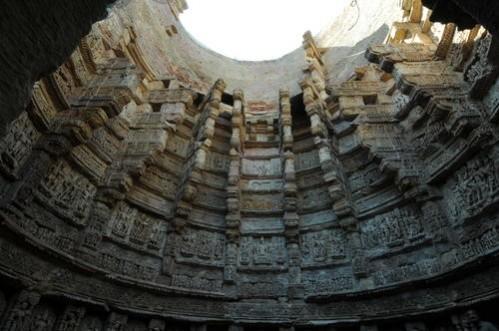
- Rani-ki-Vav (Queen's stepwell) in Patan, Gujarat has made its place in the list of UNESCO World Heritage Sites.
While Prime Minister Narendra Modi termed it a "matter of great pride", Culture Ministry, which has made efforts to get the recognition said: "Rani –ki –Vav has been approved for inscription on the World Heritage list. The recognition was granted by the UNESCO at the World Heritage Committee Session currently on at Doha, Qatar."
The 11th century stepwell located on the banks of Saraswati river was constructed during the period of the Solanki or Chalukya rulers, which is a rich sculptured monument. It was built by Udayamati, widow queen in the memory of her husband Bhimdeva son of Mularaja, founder of the Solanki dynasty.
"Rani-ki-Vav, a unique kind of Indian subterranean architectural structure, marks the zenith in the evolution of stepwells in India. It is a particularly large and complex example of a stepwell with seven storeys of ornamented panels and relief representing the height of the Maru-Gurjara style," stated in the release.
According to the release, the property was buried under layers of silt for almost seven centuries, which the ASI preserved in an excellent state. It will be the 31st site in India, which already has 30 World Heritage sites.
The other 30 world heritage sites are:
- Ajanta Caves:
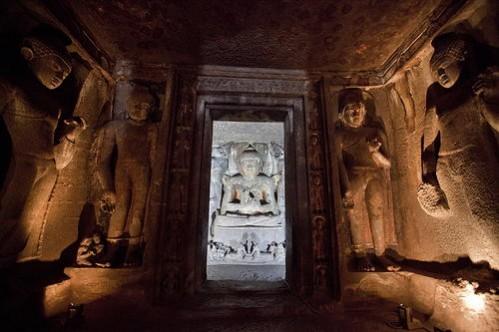
Ajanta caves, located in Aurangabad district of Maharashtra, are about 30 rock-cut Buddhist cave monuments that date from the 2nd century BC to about 480 or 650 AD. The caves contain paintings and sculptures that are masterpieces of Buddhist religious art, with depiction of the Buddha and Jataka tales.
- Ellora Caves:
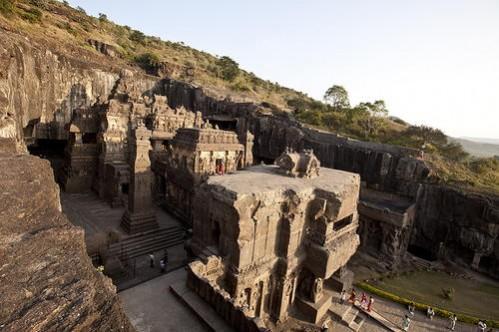
Ellora caves, 34 monasteries and temples that extend over 2 kms were dug side by side in the wall of a high basalt cliff, located 29 km North-west of Aurangabad in Maharashtra.
The caves demonstrate the religious harmony prevalent during this period of Indian history and illustrate the spirit of tolerance with its sanctuaries devoted to Buddhism, Hinduism and Jainism.
- Agra Fort:

Agra Fort is a UNESCO (United Nations Educational, Scientific and Cultural Organization) World Heritage site located in Agra, about just 2.5km northwest of its more famous monument, the Taj Mahal.
It is 16th-century Mughal monument known as the Red Fort of Agra comprises of many fairy-tale palaces, such as the Jahangir Palace and the Khas Mahal, built by Shah Jahan.
- Taj Mahal:
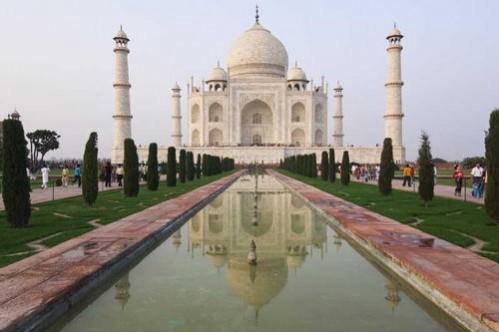
Taj Mahal, a white marble mausoleum, was constructed by Mughal Emperor Shah Jahan in memory of his third wife, Mumtaz Mahal. It is regarded as prototype of Mughal architecture, which combines Islamic, Persian, Ottoman Turkish and Indian architectural styles. The construction employed thousands of artisans and craftsmen.
- Sun temple, Konark:
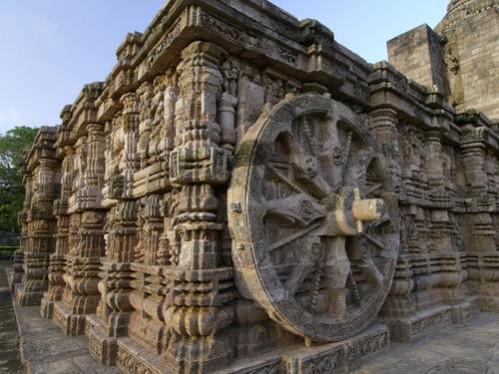
The 13th-century Sun Temple, located at the eastern shores of the Indian subcontinent in Konark, Odisha was supposedly built by king Narasimhadeva I of Eastern Ganga Dynasty in around 1250. It is one of India's well-known Brahman sanctuaries and is the crowning touch of Kalingan temple architecture, with all its defining elements in complete and perfect form.
- Mahabalipuram:

Mahabalipuram, located in the Kancheepuram District of Tamil Nadu is an ancient historic town and a busy seaport during the time of Periplus (1st century AD) and Ptolemy (140 AD).
Ancient Indian traders who went to countries of South East Asia sailed from the seaport of Mahabalipuram. During the 7th century, it was a port city of South Indian dynasty of the Pallavas.
- Churches of Old Goa:
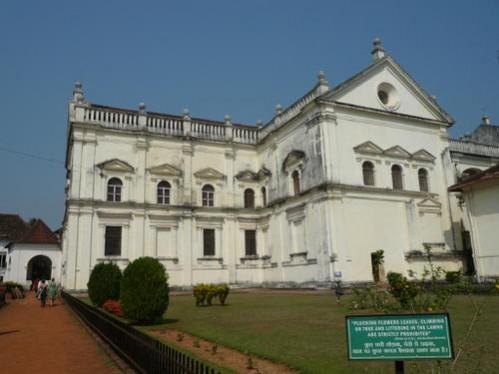
Old Goa, a historical city in North Goa district consists of churches affiliated to various congregations, including the Se Cathedral -the seat of the Archbishop of Goa, the Church of St Francis of Assisi, the Church of S Caetano, and particularly, the Basilica of Bom Jesus, which contains the relics of Saint Francis Xavier.
- Khandariya Mahadeo Temple:
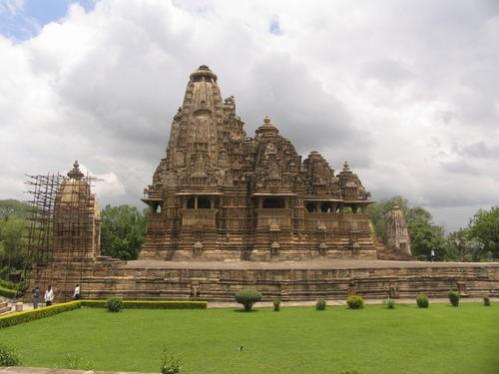
Khandariya Mahadeo Temple is the largest and most ornate Hindu temple in the medieval temple group found at Khajuraho in Madhya Pradesh, India. It is considered to be one of the best prototypes of temples preserved from the medieval period in India.
- Hampi:

Hampi in Bellary Disrtrict, Karnataka was the last capital of the Hindu Kingdom of Vijayanagar. Its Kings built the Dravidian temples and the palaces that won the admiration of travelers between the 14th and 16th centuries.
- Fatehpur Sikhri:
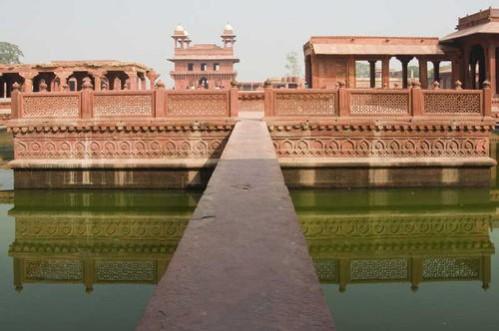
Fatehpur Sikhri is a city and a municipal board in Agra district, Uttar Pradesh. The city was founded in 1569 by Mughal emperor Akbar, and was the capital of the Mughal Empire from 1571 to 1585.
- Pattadakal:
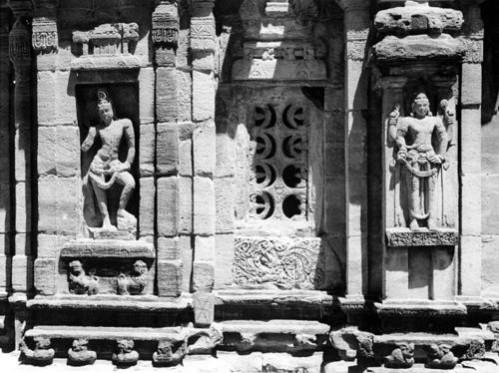
Pattadakal is a World Heritage site in Karnataka, which lies on the banks of Malaprabha River in Bagalkot district. It is 22 km from Badami and about 10 km from Aihole, well known for Chalukya monuments. UNESCO in 1987 included Pattadakal in its list of World Heritage sites.
- Elephant cave:

The Elephanta Caves are a network of sculpted caves located on Elephanta Island, or Gharapuri which literally means "the city of caves" in Mumbai Harbour, 10 km to the east of the city of Mumbai in the Indian state of Maharashtra.
The Hindu caves contain rock cut stone sculptures, representing the Shaiva Hindu sect, dedicated to the god Shiva.
- Great Living Chola Temples:
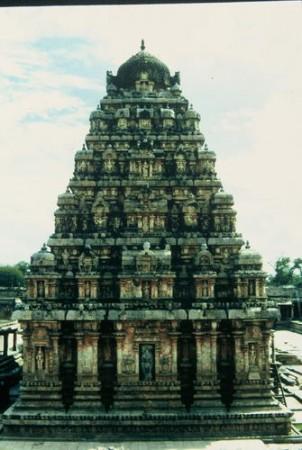
The Great Living Chola Temples were built during the Chola rule in the south of India. The temples are the Brihadisvara Temple at Thanjavur, the Temple of Gangaikondacholisvaram and the Airavatesvara Temple at Darasuram.
The Brihadisvara Temple was declared by UNESCO as a World Heritage Site in 1987.
- Buddhist monuments at Sanchi:

On a hill overlooking the plain and about 40 km from Bhopal, the site of Sanchi comprises a group of Buddhist monuments (monolithic pillars, palaces, temples and monasteries) all in different states of conservation, most of which date back to the 2nd and 1st centuries B.C.
It is the oldest Buddhist sanctuary in existence and was a major Buddhist centre in India until the 12th century A.D.
- Humayun's tomb:

Humayun's tomb, the first garden-tomb on the Indian subcontinent, is the tomb of the Mughal Emperor Humayun in Delhi, India. It was built at a cost of ₹1.5 million by Humayun's first wife Bega Begum (Haji Begum) in 1569-70,
- Qutub minar:
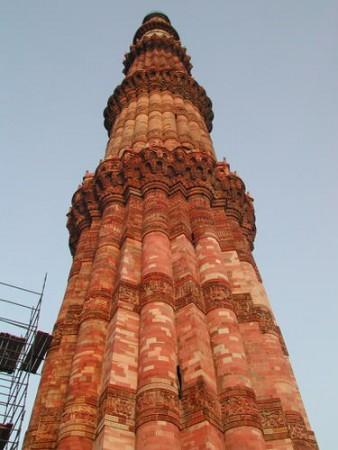
Qutub minar built in the early 13th century, is located a few kilometers south of Delhi. The red sandstone tower of Qutub Minar is 72.5 m high, narrowing from 2.75 m in diameter at its peak to 14.32 m at its base, and alternating angular and rounded flutings.
The surrounding archaeological area contains funerary buildings, notably the magnificent Alai-Darwaza Gate, the masterpiece of Indo-Muslim art (built in 1311), and two mosques, including the Quwwatu'l-Islam, the oldest in northern India, built of materials reused from some 20 Brahman temples.
- Mahabodhi Temple:

The Mahabodhi Temple Complex, Bodh Gaya lies 115 km south of the state capital of Bihar, Patna and 16 km from the district headquarters at Gaya, in Eastern India.
It is one of the four holy sites related to the life of the Lord Buddha, and particularly to the attainment of Enlightenment.
The Mahabodhi Temple Complex is the first temple built by Emperor Asoka in the 3rd century B.C., and the present temple dates from the 5th–6th centuries. It is one of the earliest Buddhist temples constructed totally in brick, still standing, from the late Gupta period
- Rock shelters of Bhimbetka:
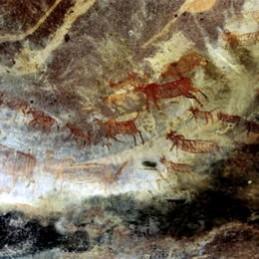
The Rock Shelters of Bhimbetka are in the foothills of the Vindhyan Mountains on the southern edge of the central Indian plateau.
The Rock Shelters of Bhimbetaka is 45 kilometers south of present-day Bhopal at the southern edge of the Vindhyachal hills. South of these rock shelters are successive ranges of the Satpura hills.
- Champaner-Pavagadh:

Champaner-Pavagadh Archaeological Park, a UNESCO World Heritage Site is located in Panchmahal district in Gujarat, India.
It is located around the historical city of Champaner, a city which was built by SultanMahmud Begada of Gujarat. The heritage site is studded with forts with bastions starting from the hills of Pavagadh, and extending into the city of Champaner.
- Mountain Railway of India:

Mountain Railways of India comprises of three railways. The Darjeeling Himalayan Railway, The Nilgiri Mountain Railways in the Nilgiri Hills of Tamil Nadu and the Kalka Shimla Railway situated in the Himalayan foothills of Himachal Pradesh.
All three railways are still fully functional.
- Kaziranga National Park:
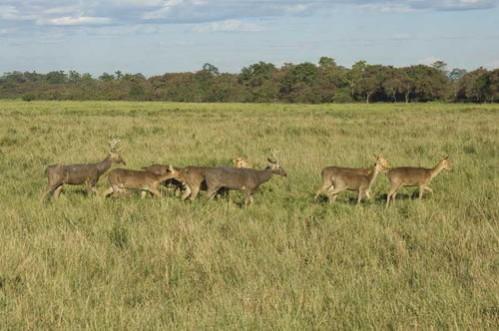
Kaziranga National Park, spread more than 858 sq.kms, is located in the floodplains on both sides of the Brahmaputra.
Patches of mixed deciduous forests are interspersed with vast stretches of savannah grasslands, wetlands and chars of river islands formed by the shifting course of the Brahmaputra.
- Keoladeo Ghana National Park:
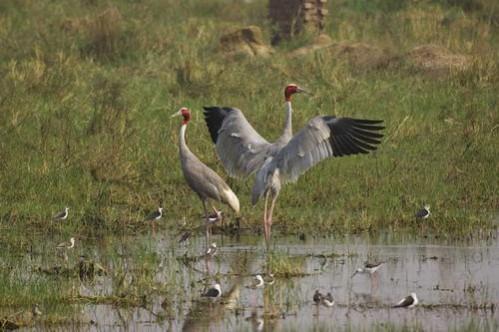
Keoladeo Ghana National Park, situated in eastern Rajasthan, is 2 km south-east of Bharatpur and 50 km west of Agra. The area consists of a flat patchwork of marshes in the Gangetic plain, artificially created in the 1850s and maintained ever since by a system of canals, sluices and dykes.
- Manas Wildlife Sanctuary:
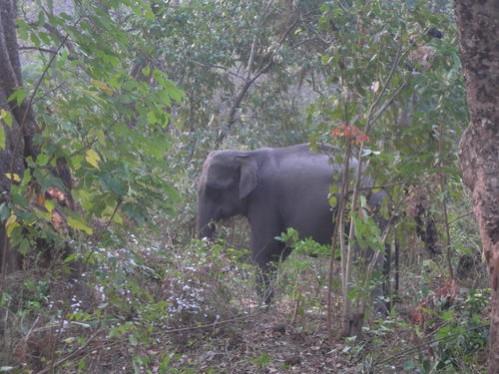
Manas Widlife Sanctuary, located in the Himalayan foothills, is adjacent with the Royal Manas National Park in Bhutan.
The park is known for its rare and endangered endemic wildlife like the Assam Roofed Turtle, Hispid Hare, Golden Langur and Pygmy Hog. Manas are famous for its population of the Wild water buffalo.
- Western ghats:
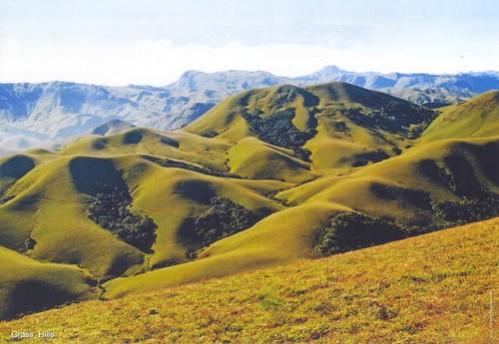
Western Ghats are older than the Himalayas and its mountain chain represents geomorphic features with unique biophysical and ecological processes.
It presents one of the best prototypes of the monsoon system on earth. It also has an exceptionally high level of biological diversity and indigenousness and is recognized as one of the world's eight 'hottest hotspots' of biological diversity. The forests of site are home to at least 325 globally threatened flora, fauna, bird, amphibian, reptile and fish species.
- The Jantar Mantar:
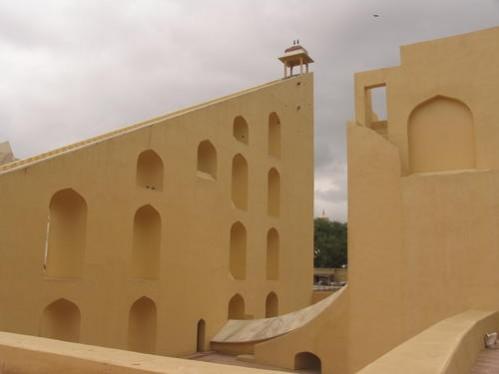
The Jantar Mantar, located in New Delhi, consists of 13 architectural astronomy instruments. The site is one of five built by Maharaja Jai Singh II of Jaipur, 1724 onwards.
- Red Fort:
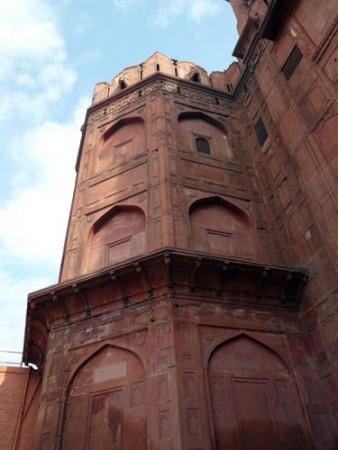
The Red Fort was the residence of the Mughal emperors of India for nearly 200 years, until 1857. It is located in the centre of Delhi and houses a number of museums.
It was built as the fortified palace of Shahjahanabad, capital of the fifth Mughal Emperor Shah Jahan.
- Nanda Devi and Valley of Flowers National Parks:

The Nanda Devi and Valley of Flowers National Parks are naturally well protected due to their inaccessibility. Both parks contain high diversity and density of flora and fauna of the west Himalayan biogeographic zone, with significant populations of globally threatened species including the snow leopard, Himalayan musk deer and numerous plant species.
- Hill Forts of Rajasthan:

The Hill Forts of Rajasthan in northern India are a UNESCO World Heritage Site. They consist of Chittorgarh Fort, Kumbhalgarh Fort, Ranthambore Fort, Gagron Fort, Amber Fort and Jaisalmer Fort.
The forts are mainly based in the Aravalli Range and were built between the 5th and 17th-18th centuries AD.
- Chhatrapati Shivaji Terminus:
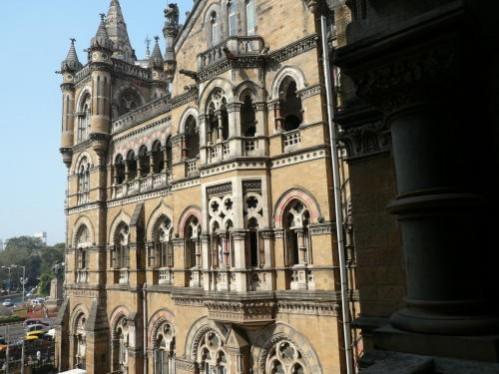
Chhatrapati Shivaji Terminus, formerly known as Victoria Terminus, is a historic railway station in Mumbai, which serves as the headquarters of the Central Railways.
The station building is designed in the High Victorian Gothic style of architecture. The building exhibits a fusion of influences from Victorian Italianate Gothic Revival architecture and traditional Indian architecture.
- Sunderban National park:
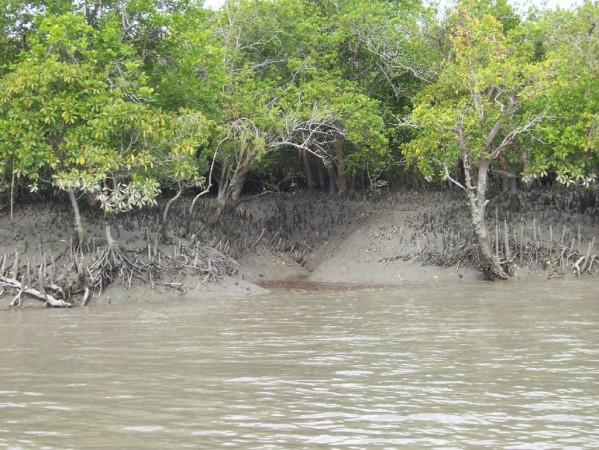
The Sundarbans covers 10,000 km of land and water (more than half of it in India, the rest in Bangladesh) in the Ganges delta.
It has the world's largest area of mangrove forests, where a number of endangered species live , including tigers, aquatic mammals, birds and reptiles.





!['Lip lock, pressure, pyaar': Vidya Balan- Pratik Gandhi shine in non-judgmental infidelity romcom Do Aur Do Pyaar [ Review]](https://data1.ibtimes.co.in/en/full/797104/lip-lock-pressure-pyaar-vidya-balan-pratik-gandhi-shine-non-judgmental-infidelity-romcom.jpg?w=220&h=138)







